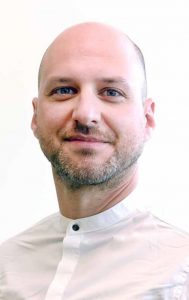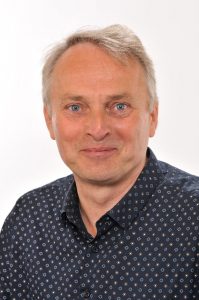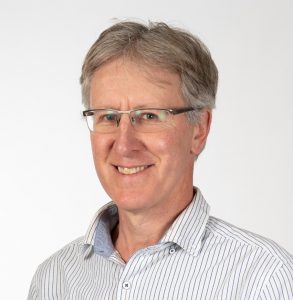Associate Professor Tobias Langlotz and Professor Holger Regenbrecht
Department of Information Science
Professor James Higham
Department of Tourism
The University of Otago
For decades academics in almost all disciplines share their latest insights by attending conferences all over the world. Conferences allow us to maintain active communities, form strong international collaborations, and tackle some of the hard research questions that are almost impossible to solve individually. But long-distance travel for short-term conference visits becomes hard to justify amid a global climate crisis and the global pandemic brought unprecedented travel restrictions preventing almost all in-person conferences. Research communities adapted and are increasingly exploring hybrid options to hold conferences [1]. It is about time that we also explore hybrid options for traditional tourism-related travel.
Going hybrid can be more than just supporting Zoom meetings. In fact, in 2018 the ACM CHI, the largest conference in Human-Computer Interaction, tested 2018 telepresence robots for remote attendees [2]. Similarly, the IEEE Virtual Reality, the world’s largest virtual reality conference that we jointly organised with colleagues from Canterbury, brought together more than 1000 online attendees with many attending in an interactive virtual world the size of a small university campus [3].
While those forms of hybrid conferences demonstrate the potential and effectiveness of coming together, we are just starting to explore how we can really deliver a feeling of “being there together” with the help of advanced technologies. Emerging research on virtual tourism can be a helping steppingstone here. Using the research strength at Otago in both sustainable tourism and virtual and augmented reality, we are in a unique position to make an impact. From a technological standpoint, we have already created working prototypes that use mobile technology and virtually transport you to remote locations [4].
We are now ready to take the next step and see how we can build on this technology and our expertise by addressing the tourism sector. Unlike other solutions that only allow tourists to explore a static 3D reconstruction, we are aiming for interactive live experiences that allow for interactions with others and encourage repeat visits. Doing this next step also requires the right team, so we are working right now to build an interdisciplinary team that embeds local iwi, tourism business operators, destination managers, and technology providers in partnership with leading researchers in the fields of tourism, indigenous studies, and virtual and augmented reality technology.
Together, we will research and develop key prototype technologies that have the potential for enabling virtual tourism while co-design solutions and guidelines for the practical implementation of virtual tourism in Aotearoa and hybrid tourism in general.
[2] CHI 2018 – Remote Attendance
[3] IEEE Conference on virtual reality – Virtual Campus Instructions




